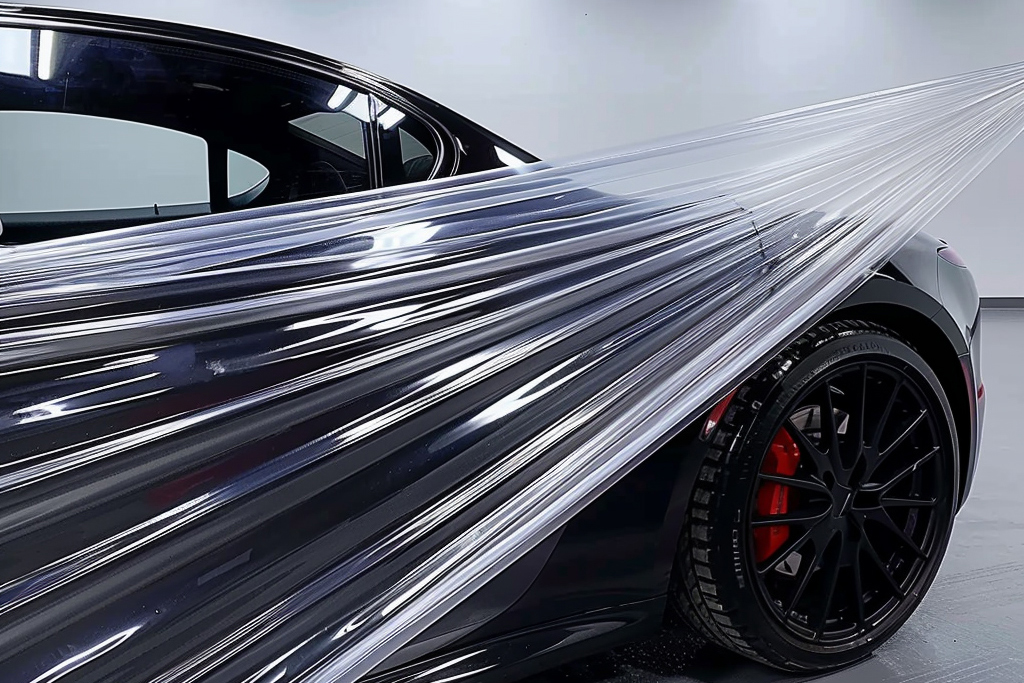When it comes to protecting your commercial fleet's investment, choosing the right Paint Protection Film (PPF) is crucial. Unlike selecting PPF for a personal car, business considerations prioritize durability, cost-effectiveness, and protection for specific applications. Here are some key factors to consider when selecting the right PPF for your commercial vehicles:

1. Fleet Type and Usage:
Heavy-duty vehicles: Trucks, buses, and construction equipment require PPF with superior scratch and impact resistance. Consider thicker films (7-8 mil) made from high-durability polyurethane.
Delivery vehicles: Vans and delivery trucks exposed to frequent door opening and closing benefit from PPF with self-healing properties to minimize minor scratches from everyday wear and tear.
Company cars: For a balance between protection and aesthetics, consider a clear gloss PPF with good UV protection to maintain a professional look.
2. Coverage Areas:
Full coverage: Ideal for high-value vehicles or those operating in harsh environments for maximum protection against scratches, chips, and fading.
Partial coverage: A cost-effective option for strategic protection of high-impact zones like bumpers, fenders, door handle cups, and headlights.
3. Film Properties:
Thickness: Thicker films (typically 7 mil or above) offer superior protection but might be slightly less conformable on complex curves. Thinner films (around 6 mil) provide good protection with better conformability.
Self-healing properties: Certain PPF films have a self-healing top coat that can mend minor scratches with heat exposure, minimizing the need for replacements.
Hydrophobic properties: Water-repellent PPF simplifies cleaning and reduces the risk of water spotting, especially beneficial for frequently washed vehicles.
UV protection: PPF with UV protection helps prevent paint fading, especially for vehicles exposed to extended sunlight.
4. Budget:
PPF prices vary depending on film quality, thickness, coverage area, and brand. While thicker, more feature-rich films offer superior protection, they come at a higher cost. Strike a balance between your budget and the level of protection required for your specific fleet needs.
5. Warranty:
Choose a PPF with a reputable warranty that covers manufacturing defects and potential installation issues. A good warranty provides peace of mind and ensures a long-lasting investment.
Additional Considerations:
Compatibility: Ensure the chosen PPF is compatible with the type of paint used on your fleet vehicles.
Removal process: Consider the ease of removal when the time comes to replace the PPF. Some films are easier to remove than others, minimizing the risk of paint damage during the process.
By carefully considering these factors, you can choose the right PPF that effectively protects your commercial vehicles, maximizes their lifespan, and enhances their overall value. Remember, a well-maintained fleet not only projects a professional image but also translates to cost savings in the long run.
